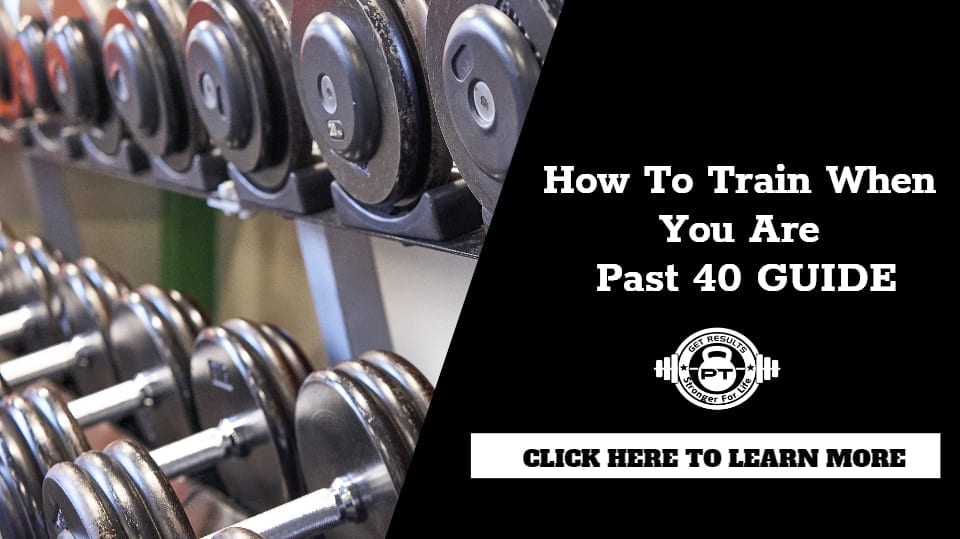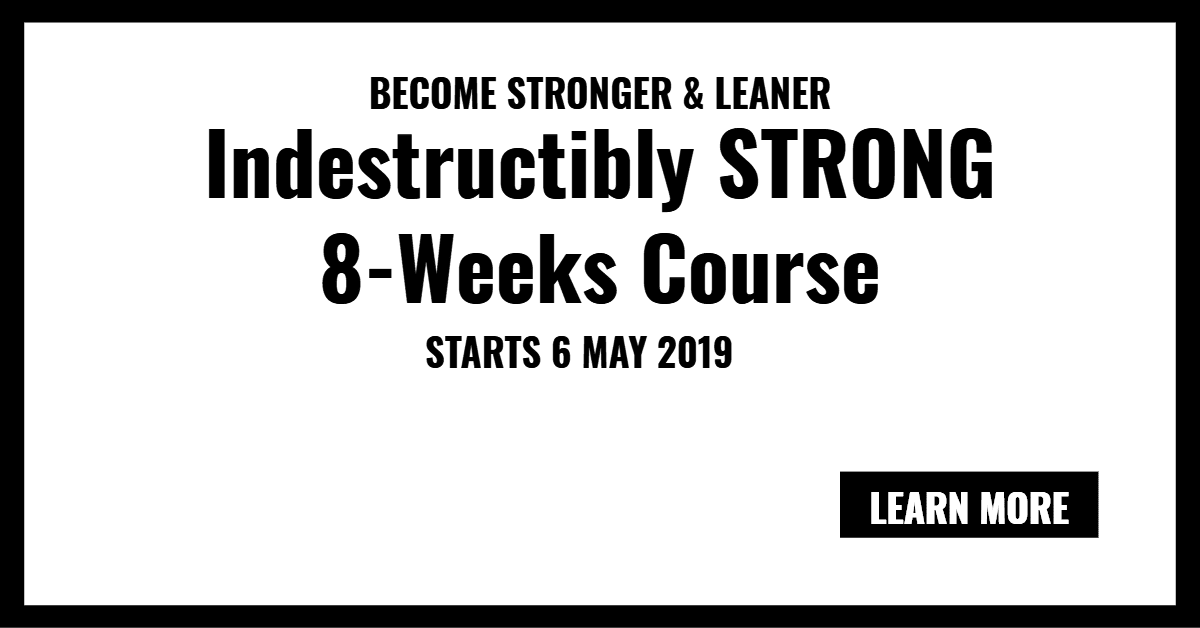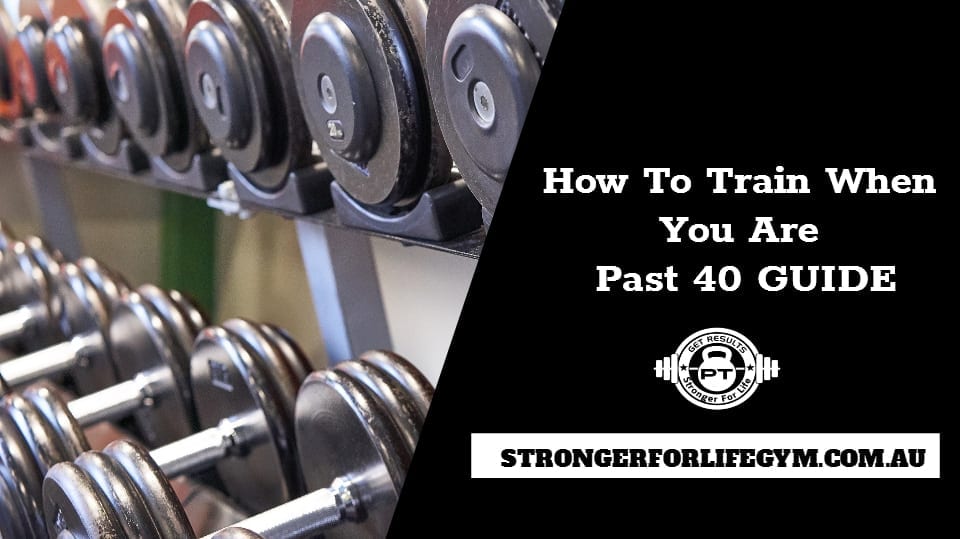
When you’re past 40, your body and your life is certainly not the same as it used to in your 20s. It’s easier for the body to fall apart. The body has more mileage, you got more on your plate, more stress and less time to train. There is absolutely no doubt you will need to approach training more wisely if you want your body to last for the next 10 or 20 years. Does this mean you will not be making much progress when you’re past 40? Certainly not if you approach your training wisely you can still hit a few personal best in your lifts along the way and feel better and fitter than you were 10 years ago as it did with a 56 year gentleman/clinician I trained at my gym in Perth. He had done 20 pull ups and 160kg deadlift at a bodyweight of 73kg. That’s not too shabby for someone in 50s. To learn more about his training, click How I Found TC & Get Results PT.
If you want your body to be healthier and the body to last for the next 10 to 20 years and decided that training should be approached wisely, the following are my recommendations.
More Restorative Work
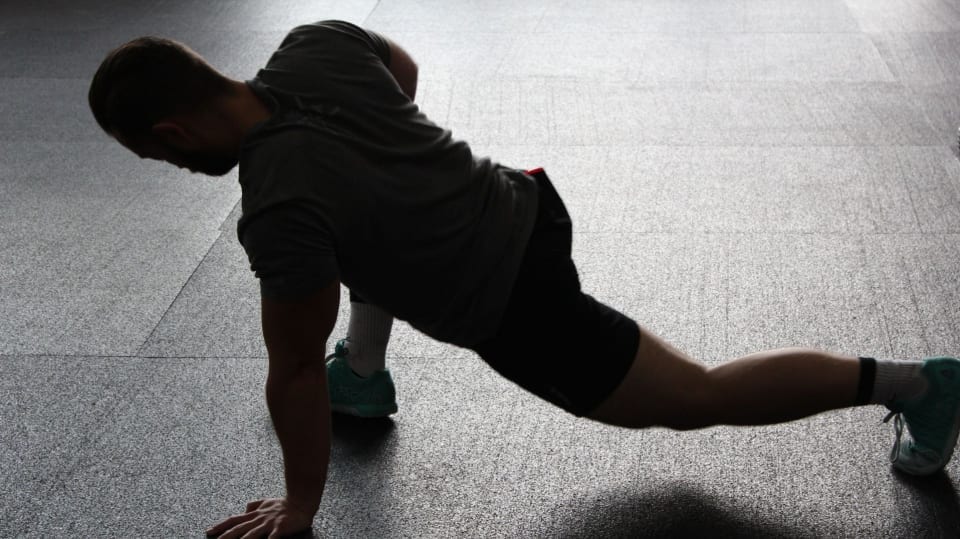 An old car needs more maintenance so is a person past 40. The human body is made to MOVE EVERY SINGLE DAY and NOT SIT STILL all day long. If you sit still most of the time, you can’t not expect your body not be good at sitting. By performing restorative work every day, it helps undo the negative effects of sitting still long hours and offers the body a chance to move every day without feeling beaten up and yet allow it to heal. If your body can’t heal, you can’t get stronger from training. By moving every day, it is more than just hitting the gyms and lifting weights. It goes beyond that. It should includes various types of restorative work such as walking 30 minutes or more each day after dinner or during lunch hours, practise deep diaphragmatic breathing, learn to crawl for more reflexive strength, perform 10-min Original Strength RESETs (which I highly recommend), swing the Indian Clubs or stretching routine.
An old car needs more maintenance so is a person past 40. The human body is made to MOVE EVERY SINGLE DAY and NOT SIT STILL all day long. If you sit still most of the time, you can’t not expect your body not be good at sitting. By performing restorative work every day, it helps undo the negative effects of sitting still long hours and offers the body a chance to move every day without feeling beaten up and yet allow it to heal. If your body can’t heal, you can’t get stronger from training. By moving every day, it is more than just hitting the gyms and lifting weights. It goes beyond that. It should includes various types of restorative work such as walking 30 minutes or more each day after dinner or during lunch hours, practise deep diaphragmatic breathing, learn to crawl for more reflexive strength, perform 10-min Original Strength RESETs (which I highly recommend), swing the Indian Clubs or stretching routine.
Do Less Better Then Do More
Quit the No Pain No Gain Mentality. The body won’t last if you keep beating it up. Go for the long haul approach if you want to last. More is not always better as most people believed. As the saying goes quality trumps quantity which seems to apply across everything. If you lift more reps but the technique is poor due to fatigue or lack of knowledge, it actually increases the risk of injuries. Also it also enhances the skill of poor lifting techniques which leads to future injuries. Same goes for running. For sure, more will be better when you are able to perform the lifts with pristine techniques and safety and if you got the joint health and mobility to do it. But most people can’t do more when they hit 40 due to a busier lifestyle. You will need to narrow down your options in what you want to work on that are beneficial to your health and preference. You simply can’t have everything.
Build a Solid Strength Base
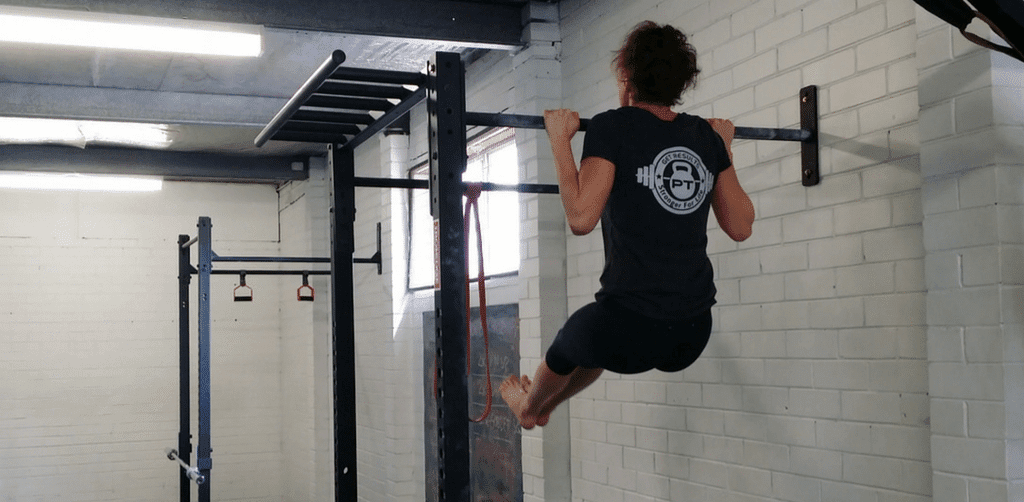 Too often, people do too much endurance (cardiovascular) work and not enough strength when they get started exercising. Especially for people who haven’t exercise or exercise properly for years, they usually do not have a solid strength base to run, play sports, or do things without getting injured. To reduce the risk of injuries and build muscles, you need to lift weights and build a solid strength base. The best way to build strength is find a personal trainer who is experienced training people past 40 to assess how you move, what movements need to improve, determine what lifts are best for you and work out a plan specifically built for YOU. Yes there is no one-size-fits-all program. 3 times at least a week is required to build a solid strength base be it barbell work, kettlebells or calisthenics. . Also a lift that builds someone else up might be an exercise that breaks you down. This is why getting a coach who understands movement and can assess and screen how you move is important. Everyone is different. Sure hiring a good personal trainer is going cost money so are health and unnecessary injuries.
Too often, people do too much endurance (cardiovascular) work and not enough strength when they get started exercising. Especially for people who haven’t exercise or exercise properly for years, they usually do not have a solid strength base to run, play sports, or do things without getting injured. To reduce the risk of injuries and build muscles, you need to lift weights and build a solid strength base. The best way to build strength is find a personal trainer who is experienced training people past 40 to assess how you move, what movements need to improve, determine what lifts are best for you and work out a plan specifically built for YOU. Yes there is no one-size-fits-all program. 3 times at least a week is required to build a solid strength base be it barbell work, kettlebells or calisthenics. . Also a lift that builds someone else up might be an exercise that breaks you down. This is why getting a coach who understands movement and can assess and screen how you move is important. Everyone is different. Sure hiring a good personal trainer is going cost money so are health and unnecessary injuries.
Health First Then Fitness
When it comes to fitness, most people think it’s about getting the six-pack, bikini body, competing in powerlifting or running the fastest timing in marathons. While these may be the byproduct of training, it may not be necessarily healthy if you have low back pain, banged up knees or distorted body image. Especially when there is no medal, it is important that your training or pursue for fitness should not compromise your health. Without health, how can you expect your body to last for another 10 to 20 years. There should be a balance and health should not be compromised. If you’re going for the extra 10kg on the deadlift risking getting low back pain or injuries, then you’re not training for health. That’s training for fitness.
Minimum or No High Intensity Interval Training (HIIT)
When you are past 40 years old, maybe unfit, have sore neck and shoulders, banged up knees and poor strength base, doing HIIT is like accident waiting to happen. For sure, HIIT is the trend, the best way to get fit and scientifically proven to lose weight fast (according to mainstream fitness experts), but it’s a shotgun approach. Why? It’s not only not sustainable (lead to quick burnout and excessive muscle soreness), most people performing HIIT have poor lifting techniques which lead to injuries. The risk-to-benefit ratio is too high. So can you lose weight, become healthy and fit without doing HIIT? Absolutely yes if you develop healthy eating habits used in this ridiculously Simple Fat Loss Guide and use the 4 tips above.
If you’re past 40 and still want a body that will be healthy and going strong for the next 10 or 20 years or longer, we can help you out with our upcoming 8-weeks Indestructibly STRONG course. For classes, online coaching or one-on-one coaching, contact us and complete this FORM HERE.
